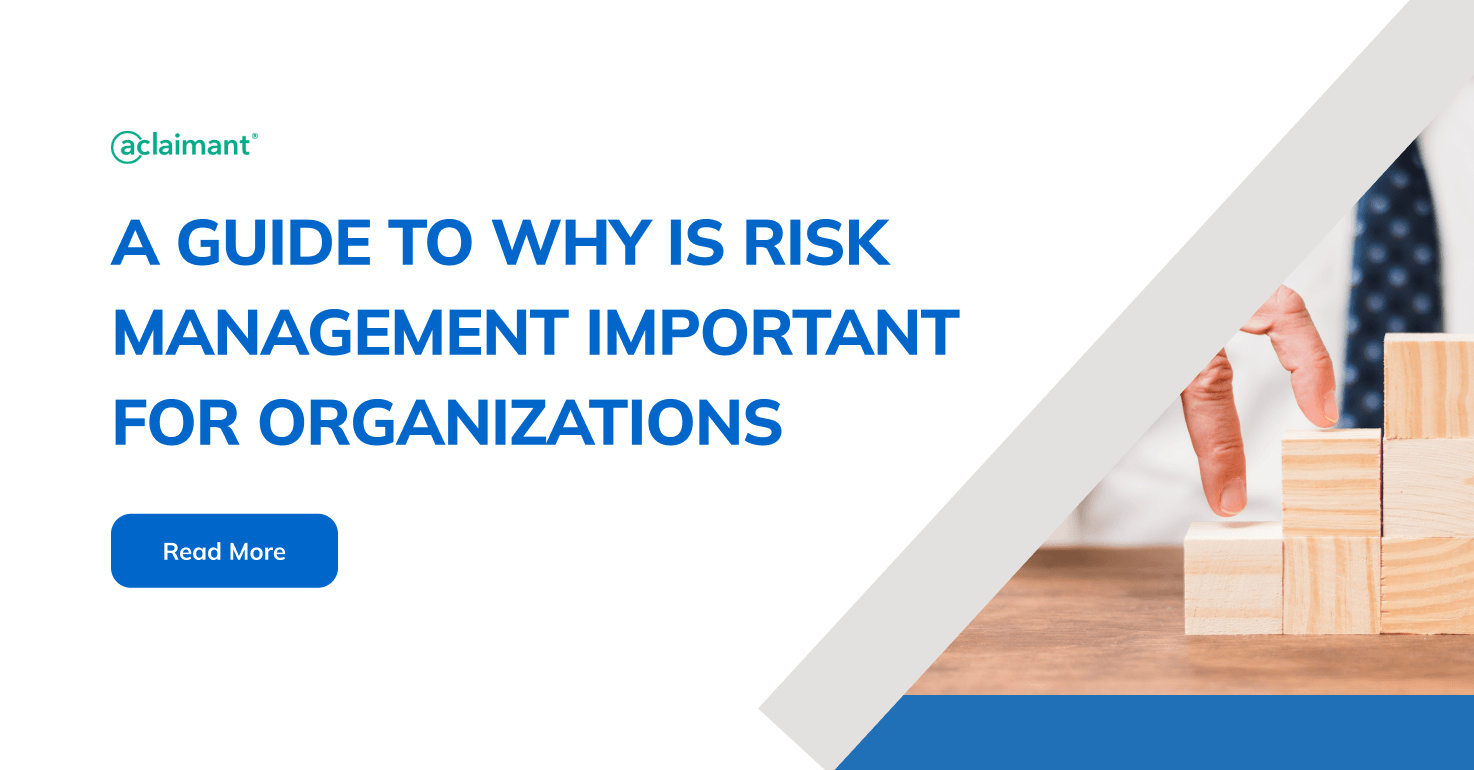The Long-Term Importance of Risk Management in Building Competitive Advantage
The Long-Term Importance of Risk Management in Building Competitive Advantage
Blog Article
Discovering the Significance of Risk Management for Effective Decision-Making Methods
In the complex globe of company, Risk Management becomes a vital factor in the decision-making procedure. The ability to recognize prospective risks and chances, and strategize accordingly, can lead to the difference between success and failing. With devices such as SWOT and PESTEL, organizations are equipped to make enlightened choices, promoting strength and adaptability in an ever-changing atmosphere. Wondering just how this functions? Let's unload the characteristics better.
Recognizing the Principle of Risk Management
Risk Management, a critical part in decision-making, is typically misinterpreted or oversimplified. Risk Management entails structured and disciplined methods, utilizing information and informative evaluations. From economic uncertainties, lawful liabilities, calculated Management errors, to crashes and natural catastrophes, it resolves various threats - importance of risk management.
The Role of Risk Management in Decision-Making Processes
In the world of calculated planning and service operations, Risk Management plays an integral role in decision-making processes. Risk Management therefore becomes a crucial tool in decision-making, aiding leaders to make educated options based on a thorough understanding of the risks involved. Risk Management offers as an essential component in the decision-making processes of any kind of organization.

How Risk Management Enhances Strategic Preparation
In the context of critical preparation, Risk Management plays a pivotal role. Launching with the recognition of prospective threats, it additionally reaches the application of Risk mitigation actions. The function of Risk Management is dynamic but not fixed, as it requires consistent surveillance and adjusting of strategies.
Determining Possible Threats

Executing Risk Mitigation
Having developed the value of recognizing possible dangers, the following action is to discover Risk mitigation. This process includes creating and executing methods to take care of determined threats efficiently. It is a crucial element of strategic planning as it enhances decision-making by minimizing prospective adverse results. Risk mitigation methods can vary from Risk evasion, Risk transfer, to risk decrease. Each method needs to be tailored to the particular Risk, considering its possible impact and the organization's Risk tolerance. Efficient Risk reduction needs a deep understanding of the Risk landscape and the potential impact of each Risk. This understanding allows organizations to prioritize dangers and allot sources properly, making sure that the most significant threats are dealt with first.
Surveillance and Readjusting Approaches
Though Risk mitigation is an essential action in calculated planning, constant monitoring and change of these methods is similarly vital. This continuous process permits companies to recognize new dangers read what he said and reassess existing ones, making certain the implemented approaches remain efficient in the ever-changing organization Learn More setting. It also offers a possibility to examine the success of the Risk Management steps, enabling modifications to be made where required, more improving strategic planning. Effective surveillance and change require making use of analytics and crucial efficiency indications (KPIs) to gauge effectiveness. These tools offer useful data-driven understandings that can educate critical decision-making. As a result, tracking and readjusting Risk Management approaches is a crucial component for enhancing an organization's durability and calculated preparation.
Situation Researches: Effective Risk Management and Decision-Making
In the world of company and financing, successful Risk Management and decision-making usually function as the columns of prosperous ventures. One such entity is an international oil firm that minimized economic loss by hedging versus fluctuating oil prices. In another instance, a tech start-up thrived by identifying and accepting risky, high-reward approaches in an unpredictable market. An international bank, encountered with regulative unpredictabilities, effectively browsed the circumstance via aggressive Risk evaluation and dynamic decision-making. These cases highlight the value of sharp Risk Management in decision-making procedures. It is not the lack of Risk, yet the Management of it, that typically distinguishes successful companies from unsuccessful ones. These instances highlight the critical function of Risk Management in calculated decision-making. importance of risk management.
Devices and Methods for Reliable Risk Management
These tools, such as Risk registers and warm maps, help in determining and analyzing prospective threats. Risk action techniques, a crucial part of Risk Management, entail approving, avoiding, moving, or mitigating threats. With these techniques and devices, decision-makers can browse the facility landscape of Risk Management, thus helping with notified and efficient decision-making.
Future Patterns in Risk Management and Decision-Making Strategies
As we explore the vast landscape of Risk Management, it becomes apparent that the techniques and tools used today will continue to advance. Future fads direct towards a boosted dependence on modern technology, with expert system and maker discovering playing considerable functions. These modern technologies will enable organizations to forecast prospective risks with better my sources accuracy and make more enlightened choices. Additionally, there will certainly be a growing emphasis on durability, not just in managing dangers but also in bouncing back from unfavorable situations. The principle of Risk culture, where every participant of an organization is conscious and involved in Risk Management, will get more importance. These fads declare an even more proactive and inclusive method in the direction of Risk Management and decision-making.
Conclusion

Risk Management hence ends up being an essential device in decision-making, helping leaders to make enlightened selections based on a thorough understanding of the threats involved. Risk reduction methods can vary from Risk avoidance, Risk transfer, to run the risk of decrease (importance of risk management). Effective Risk mitigation requires a deep understanding of the Risk landscape and the potential effect of each Risk. Risk response strategies, a vital element of Risk Management, include accepting, avoiding, moving, or mitigating dangers. The concept of Risk society, where every member of a company is conscious and involved in Risk Management, will certainly obtain more importance
Report this page